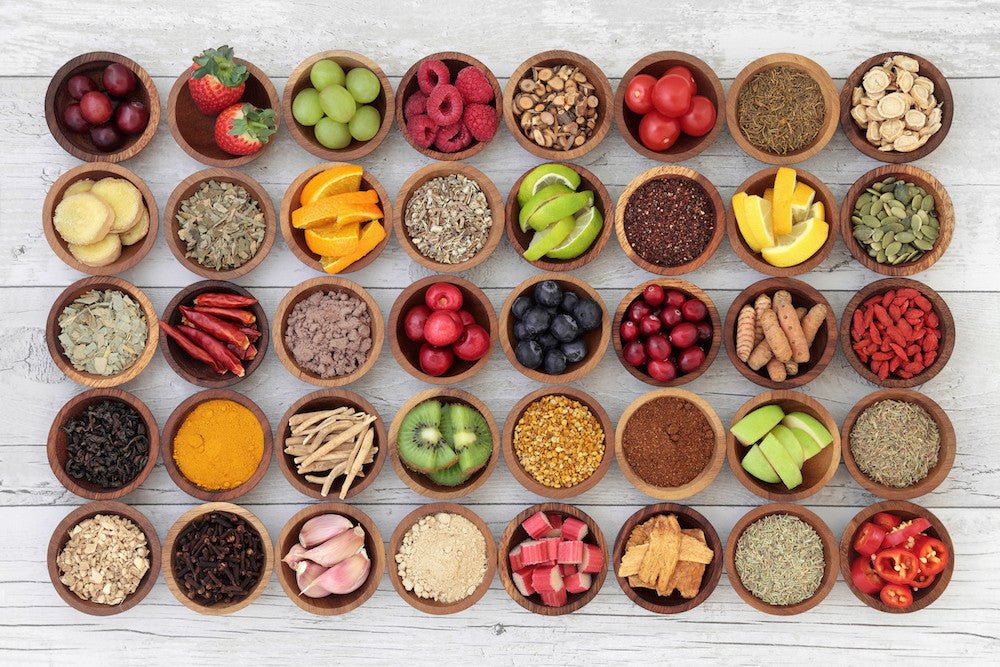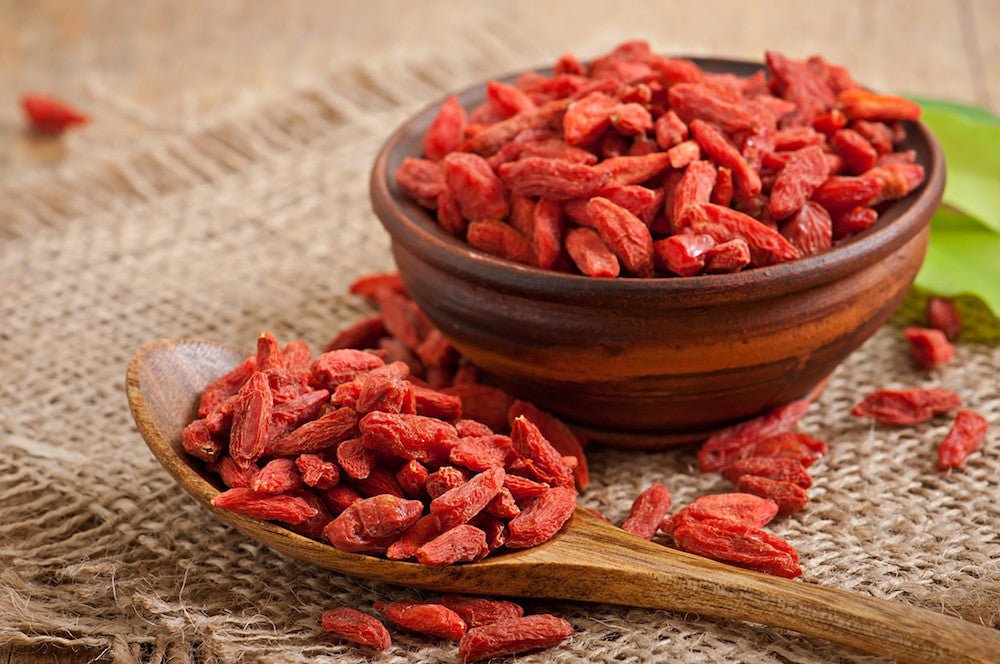Tech and teamwork boost ‘superfood Peru’
Posted on 10 January 2017

Peru
R&D has undoubtedly been essential to Peru successfully developing its agro-industrial products and now it is on the road to becoming the main supplier of superfoods in the world as it targets doubling its agro-exports to $10bn in the next five years. However, challenges remain, as Ulises Quevedo explains, whose company Grupo Rocío has used its human resources and technology to maximize its poultry, dairy, farming and agriculture activities for almost 50 years.
How has the agricultural sector contributed to the growth and dynamism of the Peruvian economy?
Nowadays the agricultural sector—especially export agriculture—is the second largest currency generator in the country, even ahead of fishery, which is a very important activity for the country. Also, the agro-industry is the main generator of labour. If you look at all agro-exporting companies, many of them are among the main creators of jobs in the country. It’s a balance of not only capital resources, but also employment for the most part, which is more importantly formal employment.
Superfood
The agro-industry has been formalizing jobs for the past 20 years. What I mean with formalizing is that it has been complying with all labor rights and has brought the agricultural worker into the formal economy of the country.
Without a doubt it has become a driving force for the economy. What started 20 or 30 years ago as craziness in the desert, nowadays is one of the country’s main economic drivers and a provider of stability.
The new government has shown a firm commitment in doubling agro-exports in the next five years and reaching $10 billion. Do you think this is a feasible goal?
I think it is. It may seem unlikely to double the agro-exports in the next five years but it is achievable. The agro-industry sector is mature enough. We’ve been developing for the past 30 years and there is enough human capital and knowledge to take a leap this big. However, you don’t need just the efforts of the private sector to take this leap. We need integration—one that’s closer than what we’ve had until now—with the government. Basically, infrastructure can limit this challenge. It’s hard for the private sector to develop the infrastructure. You can make alliances between the public and private sectors, which is one of the alternatives to explore, but you also need an active participation from the government, one that goes hand in hand with private companies and also with multinationals that share this vision for the country.
Quinoa and Maca
The lack of infrastructure is present in ports, airports, irrigation, and formalization of mostly small-scale farmers. It’s crucial to consolidate the associativity. There are two agro-industries in Peru: the agro-industry for export, which basically is located on the coast—this is an already consolidated agro-industry and it now complies with all international standards in sustainability, environment, fair trade, work and safety. Also, there’s the agro-industry that satisfies the domestic market, the small-scale rural farmer in the highlands, where much needs to be done. If we want to double agro-exports, we have to include this group of small-scale farmers into this dream, into this effort.
What have been the key success factors in the evolution of Grupo Rocío?
The human factor is crucial, without a doubt. It was crucial to have all the human resources we have now and also being able to bet on the team’s development in the long-term—I say betting on it long-term because when you come out of a crisis, of living under terrorism, almost like the civil war that we had, thinking long-term is really hard, thinking that better times would come. And here we are exploiting this investment now.
New Products
Besides these crucial aspects, I’d say that the success factor in the business has to do with research and development. Once again, when you’re in times of crisis, allocating resources for development is hard; it’s about sacrificing short-term liquidity that’s needed in times of crisis, for a better future. Now, for our three units, whether it is the poultry industry, agriculture or livestock, its main bastion for development is that: substantial investment in technology, in research and development, and always developing new products.
For example, the last successful effort we’ve made is in the growing of cranberries; it’s a product that used to be solely for cold climates and for regions above the tropics.
With the use of technology we’ve managed to adapt and create a model that didn’t exist before: growing cranberries in the desert. And also, the results are among the best ones in the world.
Asparagus, mangoes, grapes, cranberries
When we interviewed José Manuel Hernández, Minister of Agriculture and Irrigation, he said the future depended on innovation and development. Do you share this opinion?
It may sound a bit like a cliché because if you read and travel the world, everyone wants to talk about how important R&D are. But in the Peruvian case, if you start analyzing the successful cases—asparagus, mangoes, grapes, cranberries—every agro-industrial product, every single one without exception, has been made possible thanks to an investment in R&D.
Regarding the group’s plans for growth, you started with poultry farming, then agriculture, and livestock farming. In what sector do you have more faith in the medium term?
The poultry sector it’s already consolidated. Peru is one of the largest per capita consumers of chicken in the world; we are above 60kg per capita of chicken consumption. So going from 60kg to 70kg per capita is more difficult than going from being a country where you consume 10kg and then take it to 20kg. So, the possibilities of organic growth in the poultry sector are small. It grows at a rate of 3-5% annually.
Acai and Baobab
In the agricultural sector it’s the opposite case. It’s a sector where we’ve found a market gap with potential of growth—it’s opposite to the Northern Hemisphere. There’s a lot to be done there, and it can grow aggressively according to the results that come along. There’s more and more interest in the world in eating healthy. In the United States, one of the main health issues is obesity and poor diet. There are many programs and efforts on improving the quality of the diet, and that’s where Peru is capitalizing on because many of the products we export are extremely healthy. Cranberries are one of the main antioxidants and they have many other benefits. And just like avocados or asparagus, they are good at combating cholesterol. So much so that the Peruvian agro-industry sector is positioning itself with a newly launched and registered brand called “superfoods from Peru”. Peru is on the road to becoming the main supplier of superfoods in the world. This is sort of the vision we have. Regarding growth, this allows the agricultural sector to grow from 20% to 30% annually.
Regarding the farming sector, we began as a dairy company but now we define ourselves as a livestock company because the farming sector now has two components: milk production and the development of genetic lines specially designed for the needs of each country. In the dairy subject, we have Gloria as our only client. Therefore, we’ve developed the first embryo transfer laboratory in the country. There has probably been an embryo transfer in some university with no issues, but this is the first one at a commercial level.
What is your assessment of the FTA with the United States, and how important is a market like the United States for a group like yours?
Spirulina
It’s crucial and I’d go as far as saying that it’s not just important for us, but also for the entire sector and the entire world. The American market is today the largest market in the world. It’s impossible not having it in our markets. Before the FTA, 80% of our market was the European Community; we were focused on the European market. Since the development of the FTA we’ve diversified it to 50-50, and from this year, the United States should account for 60% of our exports.
You can’t renounce a market that accounts for 60% of exports, in this case, our company can’t.
Because, even though FTAs establish the rules of the game in trade, they’re not enough for agricultural products; there has to be development and a phytosanitary protocol in the countries, accompanied with the Minister of Agriculture through SENASA in the opening up of new markets with these protocols.
The United States is also an important partner. Where do you think American investors should look in Peru?
I think there are many opportunities for foreign investment and, there’s a great need for the Peruvian businessperson and the state to have this support. The risk levels in the country have been reduced tremendously and we already have access to very cheap external financing. What’s left to do in order to reap all the benefits is find foreign capital.
Source: theworldfolio.com



Connect With 5Greens